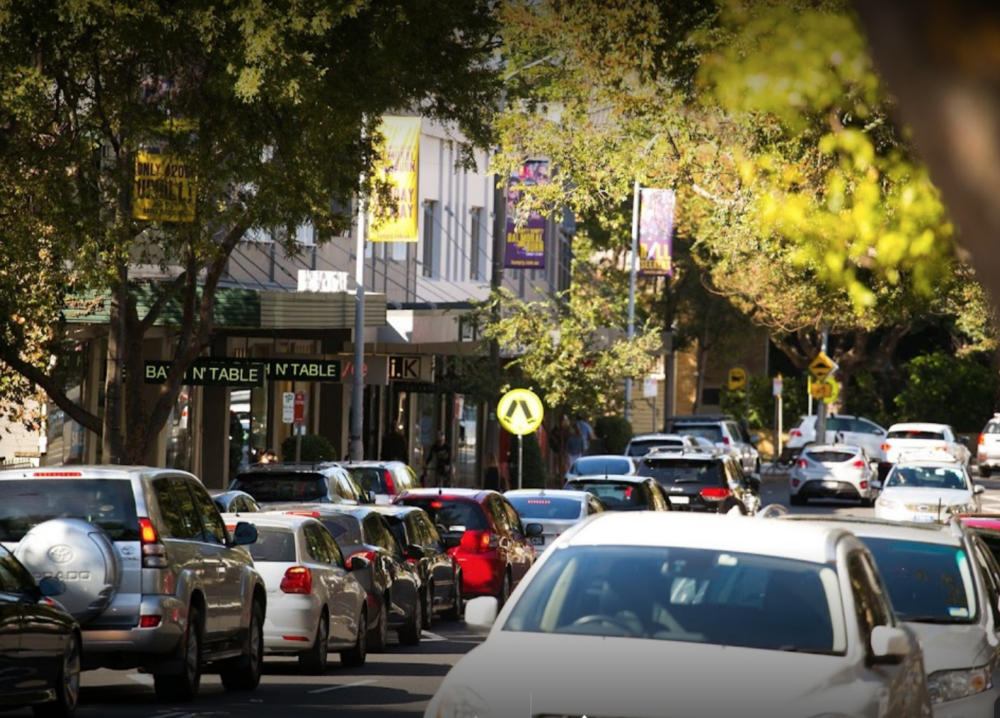
‘Stay at Home’ is now a police operation, as NSW Premier Gladys Berejiklian more and more desperately urges Sydneysiders not to go out, so the city can fight Covid-19, its rapidly escalating infection rates and inevitable deaths.
Across the world, we see enormous variations in the incidence of Covid-19 and the take up of vaccination from one community to the next.
Sydney is Australia’s largest city, with a population of 6.25 million. It is now, like many parts of the world, in the grip of the Delta variant, two times more infectious than previous Covid-19 variants.
Two Sydney Local Government Areas (LGAs) – Mosman and Fairfield are doing it very differently. And they are different styles of places to begin with. Mosman’s beauty lies in its landscape – harbour foreshore and large heritage listed suburban homes. It has had no Covid cases to date, and a rapid and high uptake of vaccination.
Fairfield’s beauty lies in the bustling, multicultural nature of its people. It has had high Covid rates, 691 until August 15 and a slow vaccination rate, marked by vaccine hesitancy and vaccine inaccessibility.
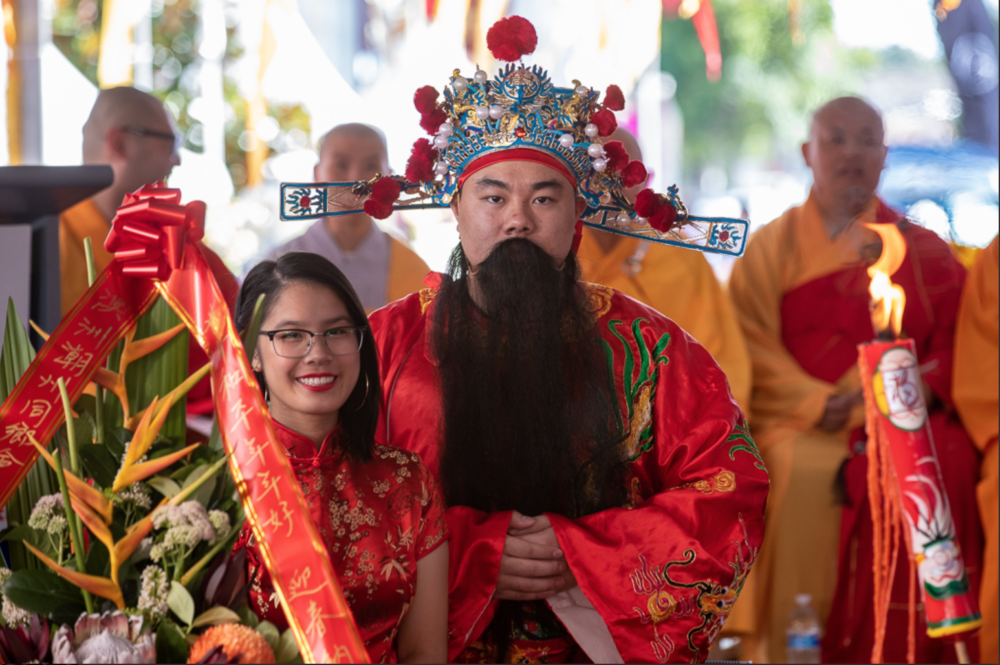
The Fairfield Strategic Plan 2020, also notes that the Fairfield LGA has high social disadvantage, low incomes, poor health outcomes, the highest rates of gambling losses nationally and higher-than-average unemployment. The 2016 census confirms this. It showed the median weekly household income for the Mosman LGA then was $2,522, and for the Liverpool LGA, slightly less than half of that, at $1,222.
Sydney largely skirted the first wave of Covid-19, maybe giving many of us a false sense of security.
But on June 16 Delta began spreading through the city as ‘the Bondi cluster’, starting with a limousine driver who transported international flight staff from the airport to hotel quarantine without wearing a mask. This was not mandatory at that time, even though infectious disease experts had been warning NSW health officials that that was a potential problem.
That Bondi cluster has now expired. Although circumstances could change again, by Monday 16 August, there had been no new venues of concern listed in Bondi or Bondi Junction for eight days. But when it was active in that community during late June and early July, it was mainly spread through a set of cafes, hotels, hairdressers and shops that are largely the purview of the young.
So while it was older people who started to get sick, it was younger people, unaware that they had the virus, who were transmitting it. As an aside, at this point it’s worth noting that the population of Mosman LGA is much older than the population of Fairfield LGA. The median age in Mosman LGA is 42. The median age in Fairfield LGA is 36. This means that it will spread faster in Fairfield, due to the age of the population.
It spread in a sprinkled pattern across several suburbs of Sydney. These small clusters also all petered out, except for one. On June 19, three days after the first seeding event in Bondi, a man in his 30s, who worked at Westfield Bondi Junction, attended a birthday party in Hoxton Park, in Sydney’s’ southwest.
In retrospect this is now described as a ‘super-spreader event’. He had the virus but was asymptomatic. He broke no laws or rules but spread the virus to 24 of 30 people attending the party. The six people who didn’t become infected were all health workers who’d been vaccinated.
Within days there were 51 cases, including the 24 at the party. For the next month this Delta variant spread through Sydney’s south-west, mainly through essential workplaces and family networks.
Initially, the most rapid increase was in the Fairfield Local Government Area. In one explosive week in July there were 294 cases suddenly recorded there, following the 25 recorded over the previous three weeks.
That 30-year-old could just as easily have attended a party in the Mosman LGA. If he did, events might have followed the same course, but it’s unlikely and there are several reasons for this, few of which are as much in the control of the residents that people from either LGA would like to think.
Among the most important crucial difference, is the size of their populations. In 2019 Mosman LGA had a population of 30,981, in contrast to Fairfield’s population of 211,680, seven times higher.
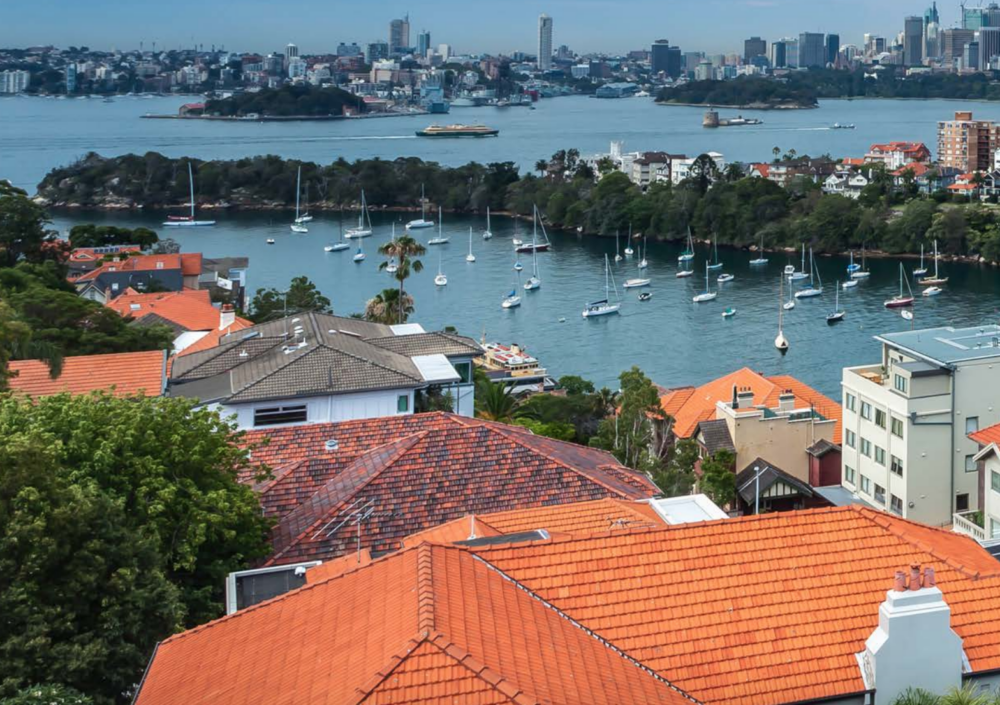
This has a significant impact on all sorts of figures – the speed with which the community can cooperate, the ease of getting information to individuals, the logistics of organising testing and vaccinations for them.
But there are other forces at play too.
Our contact tracers are doing a great job. Once anyone in Sydney’s test results are positive, they are almost immediately contacted by telephone. In the week ending 17 July, 93 per cent of positive cases were notified to NSW Health within a day of their test and 96 per cent of cases were interviewed within one day of notification. All close contacts were contacted by NSW Public Health within two days of case notification.
So delivery of information that people were Covid-19 positive has been thorough. In a new development, this is now being reinforced with police knocking on the door to ensure people have the information. Importantly, the main reason for this is to ensure that not just the positive person knows, but everybody else in their household does.
This implies a flaw so far, one that we can all see – a high number of people living in households with someone who is positive, who, if the figures are any indication, haven’t understood the consequences well enough. This means ‘Infectious in the community’ figures have always been poorly controlled in this Delta outbreak.
“The proportion of household contacts diagnosed with COVID-19 has increased over time and remains the biggest risk group for onward transmission of COVID-19,” the NSW Government’s Covid Surveillance Report of August 2 said.
Grappling with public health messaging is a challenge, even in English. Questions come up. For example, ‘How do I find out my 5 kilometre radius?’ ‘Am I allowed to do exercise and recreation in my LGA, or just exercise? If so, what is the definition?’
Digesting all of that information is easier in Mosman than in Fairfield because in Mosman, the language most commonly spoken at home is English.
The language spoken at home is the language of pillow talk, the one that you sing lullabies to your children in – and the one that you use for idle chat, while reflecting on the news you’re watching on the TV.
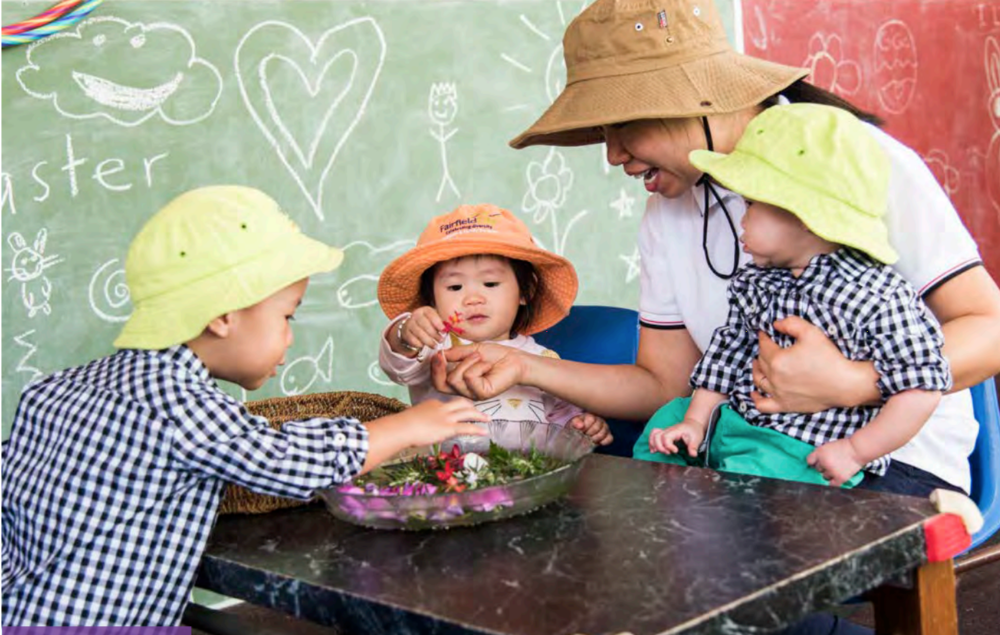
And English is also the language used by the city’s media, as it bombards English speakers with story after story about the pandemic.
In Fairfield the language situation is different.
The below table lists the top nine most common languages in each LGA, Mosman and Fairfield. Unsurprisingly, the population figures are slightly lower than those for 2019.
Notice that 77 per cent of those living in the Mosman LGA speak English at home, while only 24.8 per cent of those in Fairfield do.
But also note that 40,492 of the people in Fairfield speak Vietnamese at home, which is 12,017 more people than the total population of Mosman.
| Mosman | Fairfield |
| Latest ABS Data on language at home 2016 (top 9) when Pop: 28,475 | Latest ABS Data on language at home 2016 (top 9) when Pop: 198,817 |
| English: 22,190 | English: 49,353 |
| Mandarin: 624 | Vietnamese: 40,492 |
| Spanish: 332 | Arabic: 15,612 |
| French: 325 | Assyrian Neo-Aramaic (Syria/Iraq): 13,366 |
| German: 242 | Cantonese: 8,599 |
| Cantonese: 254 | Khmer: 7,131 (Cambodian) |
| Italian: 250 | Chaldean Neo-Aramaic:6,627 (Iraq/Kurdistan) |
| Japanese: 209 | Spanish: 6,223 |
| Greek: 164 | Italian: 5,166 |
As an extra overlay, in the 2016 census the three largest ancestries in Mosman LGA were English, Australian and Irish. The three largest ancestries in Fairfield LGA in 2016 were Vietnamese, Chinese and Assyrian/Chaldean.
Let’s delve further into some of the cultural and social implications of these contrasts.
In Fairfield, according to its 2020 Strategic Planning Statement: “Fifty per cent of the total population, (was) born overseas and settled in Fairfield since 1960. Fairfield City settled more than 9,000 refugees, or over 45 per cent of refugees settling in NSW, in the three years to 2018.
What is the capacity to sift and sort the dominant language, of someone who has only lived in a community for three years? (This aside from the question, when a refugee encounters one of the more abundant police and army officers in their LGA now, what emotional response do they have? And how does this affect their ability to absorb the messages they are being given?)
Work patterns have been an important factor in the capacity of each LGA to contain the spread of Covid.
There were more professionals in Mosman Council area in 2016 than any other occupation and it’s been well documented that professionals have had the greatest capacity to adapt to work from home and so protect themselves from the virus.
And in fact, not just the professionals but many of the top six categories of workers documented for Mosman LGA in the 2016 census, have been able to work from home, if not all the time, then in hybrid work models.

This is a contrast to Fairfield LGA where manufacturing is a key priority, for example in the suburbs of Smithfield and Wetherill Park. People going to work in factories there and to essential workplaces, have brought the virus into their homes.
Other people in Fairfield take their skills and labour across the whole of the city of Sydney. The movement of vast numbers of residents out of the Fairfield LGA for construction work and then back again, has been a serious and complex issue, the reason for the ban on construction workers moving out of certain LGAs for work, placed on them by the Premier in recent weeks.
This is now being addressed, with restrictions on their movements for work and a promise of more freedom to move outside the problematic LGAs to work, when those workers are vaccinated.
| Mosman Census figures 2016 | Fairfield Census figures 2016 |
| Employment census 2016: 13,999 (Top six fields) | Employment census 2016: 71,899 (Top six fields) |
| Professional, scientific and technical services: 2,728 | Manufacturing: 8,551 |
| Financial and Insurance services: 1,926 | Construction: 7,405 |
| Health care and social assistance: 1,397 | Retail trade: 7,890 |
| Education and training : 1,004 | Health care and social assistance: 6,724 |
| Retail trade: 894 | Transport, postal and warehousing: 4,851 |
| Accommodation and food services: 719 | Accommodation and food services: 4,722 |
Close contact increases the risk of infection with Covid-19, the reason for the 1.5 metre social distancing rule.
If proximity to other people is a factor, then it’s worth looking at the density of our two LGA’s populations. In Mosman LGA there was an average of 2.4 people per household in the 2016 census and in the Fairfield LGA, there was an average of 3.3 people.
However, the way this has been discussed at the daily press conferences by the Premier, suggests the density in the households where infections have occurred and been transmitted between members of the household is much higher.
Mosman is made up of eight suburbs, covering 865 hectares (nine kms2) and has a population density of 35.57 people per hectare. Fairfield is made up of 27 suburb, covering 10,160 hectares (102kms2) and has a population density of 20.75 people per hectare.
In simple terms, this translates into more space between people. But it also means there is more likely to be more space between people when they move around and with each other.
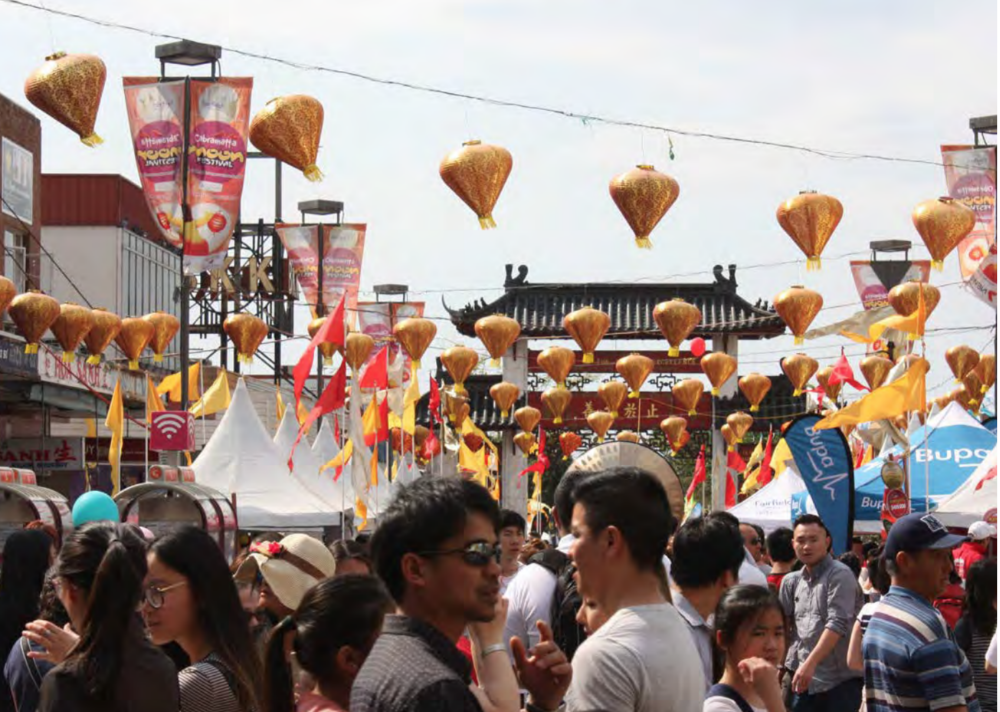
Which takes us to shopping. Fairfield has many dense and busy shopping areas, particularly compared to Mosman. Much has been made of the propensity of people in Fairfield to still go out to shop, despite stay at home orders.
But a recent ABC report says: “Mobility data collected by Google shows that movement around retail and recreation areas in Canterbury-Bankstown, Fairfield, Blacktown and Cumberland has declined by between 34 and 48 percentage points since the lockdown began at the end of June.
“Fairfield had the biggest drop of movement around retail, of all the south-western LGAs, dropping by 54 per cent since June 7.”
This shows that despite the impression to the contrary, communication issues, and the energising nature of shopping in a community such as Fairfield, people are getting the message.
When it comes to testing for Covid, the people of the Fairfield LGA have had many more tests per 1000 people in recent months, than the people of Mosman LGA, the NSW Health Covid Surveillance Report of 6 August, 2021 shows us. (See below.)

Vaccination is a whole new subject, which we’d like to look at again. But there are a few points to be made.
Data released by the Federal Government on August 2 isn’t broken down by LGA. But it does show trends which, since then, the government has worked to address.
It showed that in the geographical area from North Sydney to Hornsby, 51.9 per cent of people over the age of 15 had had one dose of vaccine and 26.9 per cent were fully vaccinated. By contrast, for the southwest, 33.1 per cent of those over 15 had had one dose, and only 14.6 per cent were fully vaccinated.
And this is a whole new area that needs more scrutiny and focused energy.

fantastic article, many thanks!
Great article. Thanks Marg for all these stats. So many important differences between these LGAs.